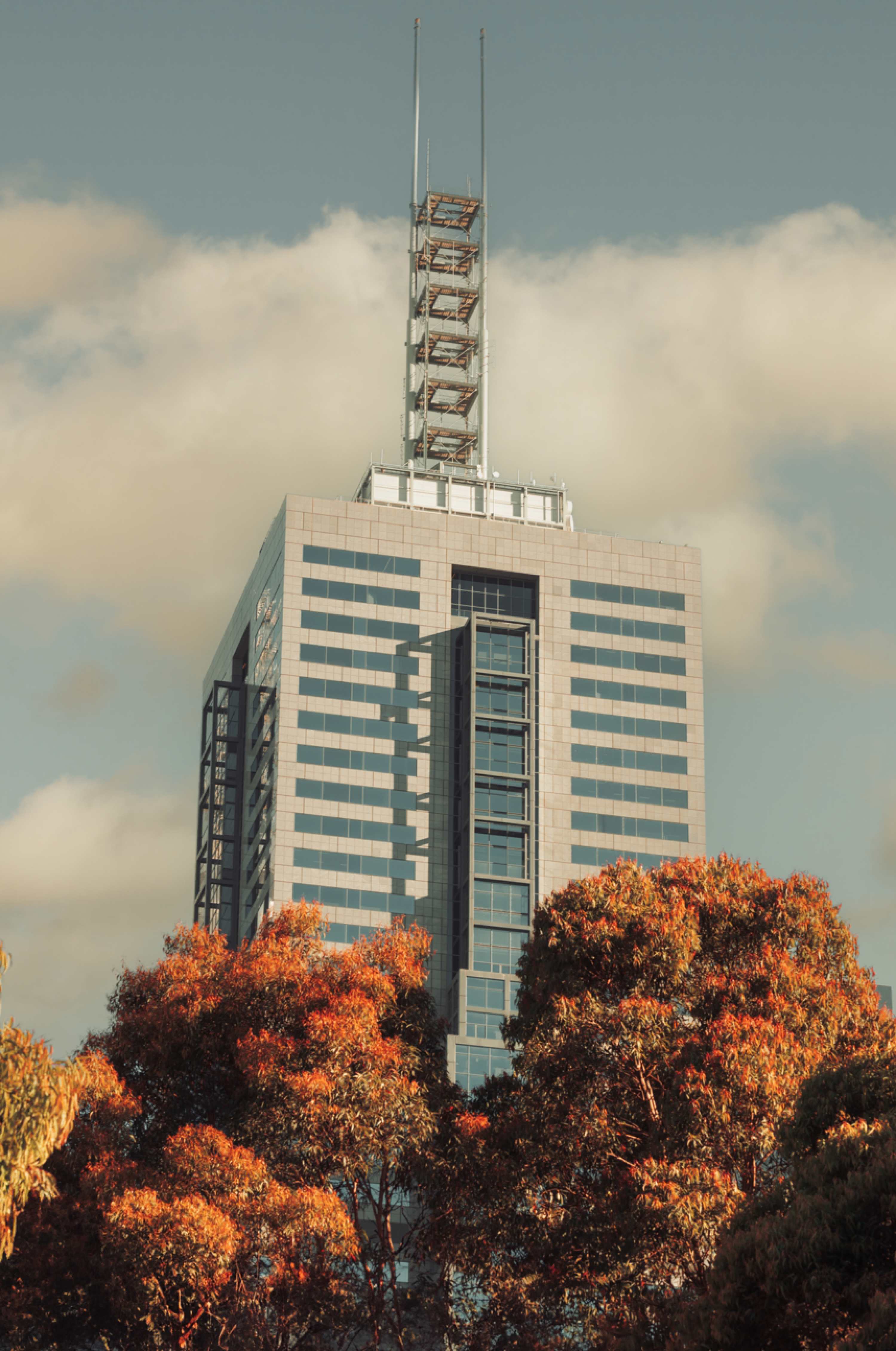
What is NAIDOC Week?
Culture // July 2024
What is NAIDOC Week?
Here you will find a brief timeline of events that led to the creation of NAIDOC Week.

Photography by James Henry.
Words by Madeline Hayman-Reber (Gomeroi)
As one of the most important weeks in our calendars as First Nations people, many community members refer to National NAIDOC Week as “Blak Christmas”.
The week gives us the opportunity to reflect upon and celebrate the many achievements of our people and communities. Although it is often marketed as a week to come together as First Nations and non-First Nations people, it should not be confused with Reconciliation Week.
NAIDOC Week is celebrated the first week of July each year – this year from July 7 to July 14, with an annual theme. This year’s theme is “Keep the Fire Burning! Blak, Loud and Proud”, which is a popular phrase that was first coined by First Nations activists associated with the Aboriginal Embassy and other First Nations embassies across the country.
NAIDOC Week kicks off with the National NAIDOC Awards, which this year will be held in Tarndanya (Adelaide), and broadcast nationwide on ABC, so be sure to grab some popcorn and tune in!
THE HISTORY OF NATIONAL NAIDOC WEEK
While it is now considered a celebration, National NAIDOC Week is deeply rooted in the ongoing struggle for First Nations rights in Australia.
Here is a brief timeline of events that led to its creation as listed by the National NAIDOC website:
1938: On January 26, 1938, Aboriginal activists held a Day of Mourning in Sydney to protest against the mistreatment and discrimination faced by First Nations people, and in protest of “Australia Day”. This event marked one of the first major civil rights gatherings in the world.
1956: In 1956, the National Aborigines Day Observance Committee (NADOC) was established to raise awareness of the status and treatment of Aboriginal people. NADOC events were originally held on the second Sunday of July, celebrating our achievements, as well as the history and cultures across the country.
1967/1972: Following the result of the 1967 Referendum which granted the Australian Government the power to legislate specifically for First Nations people, the Department of Aboriginal Affairs was formed.
1974: In 1974, the NADOC committee was made up entirely of Aboriginal members for the first time, which was a significant step forward for self-determination. The following year, it was decided that NADOC celebrations should extend for a whole week, from the first to the second Sunday in July.
1984: NADOC advocated for National Aborigines Day to be recognised as a national public holiday to celebrate and acknowledge the rich cultural heritage of First Nations peoples.
1991 to present: NADOC was expanded to include recognition of Torres Strait Islander peoples and cultures. As a result, the committee was renamed the National Aborigines and Islanders Day Observance Committee (NAIDOC). This new name became the official title of the week of celebration as we know it today, with the National NAIDOC Committee continuing to promote awareness, understanding and respect for our many diverse First Nations cultures nationwide.
HOW YOU CAN PARTICIPATE
A phrase often thrown around in activism circles is “NAIDOC Week is for us, Reconciliation Week is for you”. That’s not to say non-First Nations people cannot join in some of our celebrations; it is to imply respect for our spaces during this time.
Just like Reconciliation Week, it is an opportunity to learn more about culture and our ongoing struggle via deep listening and observation rather than participation. There are, however, some events that can be celebrated by all that occur right in Naarm, such as the NAIDOC March on Friday, July 12, beginning at the Victorian Aboriginal Health Service in Fitzroy, and continuing into the city. Keep an eye on the Victorian NAIDOC website for other upcoming events!
As mentioned in the beginning, watching the National NAIDOC Awards is a great opportunity to build your knowledge on who’s who in the community, and to learn more about some of the incredible mob who are doing incredible things in our communities.
And of course, you can explore the Common Ground website to educate yourself, entertain yourself, and to better see the world through a First Nations lens.
More than an iconic Melbourne landmark, 101 Collins Street is where influential businesses exchange exceptional ideas.